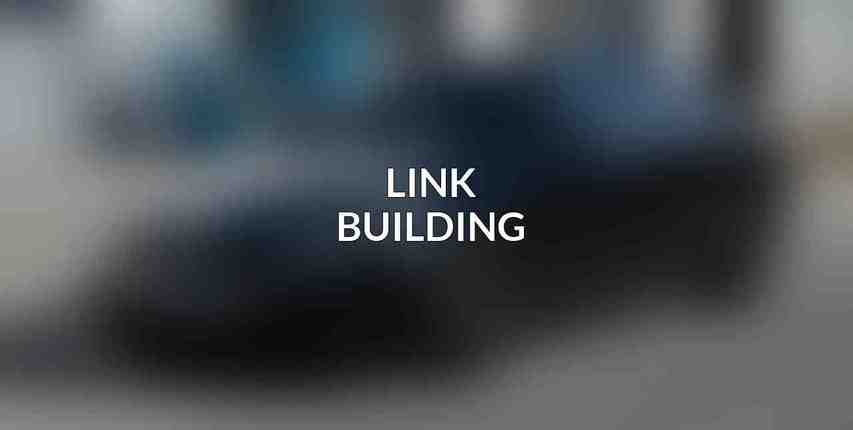Search Engine Optimization (SEO) is crucial for increasing online visibility and driving organic traffic to websites. One of the core aspects of SEO is content optimization, which involves fine-tuning various elements to improve a site’s search engine ranking. Here, we will delve into the best practices for SEO content optimization to help you maximize the effectiveness of your digital content strategy. See our take on Crafting Effective Content Strategies for 2024
Keyword Optimization
Keyword Research
When it comes to keyword optimization, thorough research is key. Understanding search intent is essential to target the right keywords that align with what users are searching for. This involves identifying relevant keywords that are not only popular but also highly targeted to your audience. Utilizing keyword research tools such as Google Keyword Planner, SEMrush, or Ahrefs can provide valuable insights into search volumes and competition levels for specific keywords.
Keyword Placement
Once you have identified the relevant keywords, strategic placement is crucial for optimal SEO performance. This includes optimizing page titles and meta descriptions to include key terms that accurately reflect your content. Moreover, integrating keywords naturally in headings and body text helps search engines understand the context of your content. Don’t forget to utilize keyword variations and synonyms to capture a wider audience and enhance semantic relevance.
Meta Tags

Title Tags
Crafting clear and concise title tags is fundamental for SEO. Including relevant keywords in your titles not only helps search engines understand your content but also improves click-through rates. It’s essential to optimize the length of title tags to ensure they display properly in search results and convey the main idea of the page effectively.
Meta Descriptions
Compelling meta descriptions can significantly impact click-through rates. Incorporating relevant keywords in your meta descriptions can make your content more enticing to users. It’s crucial to follow best practices for meta description length to ensure that your descriptions are fully displayed in search results, enticing users to click through to your website.
Link Building

Internal Linking
Establishing a logical internal link structure within your website boosts SEO by guiding both users and search engines to important pages. Using anchor text with relevant keywords in internal links helps reinforce the topical relevance of your content. Ensuring a proper hierarchy of internal links aids search engines in understanding the significance of each page within your site architecture.
External Linking
Building relationships with authoritative websites is paramount for effective external link building. Acquiring backlinks from high-quality sources signals to search engines the credibility and trustworthiness of your content. Regularly monitoring and managing backlinks is essential to maintain a healthy link profile and address any potential issues promptly.
Stay tuned for the continuation.
Frequently Asked Questions
1. What is SEO content optimization?
SEO content optimization is the process of improving and tailoring online content to rank higher in search engine results and attract more organic traffic. This involves optimizing content for relevant keywords, creating high-quality and valuable content, improving website performance, and enhancing user experience.
2. Why is SEO content optimization important?
SEO content optimization is important because it helps websites and online platforms increase their visibility in search engine results, drive more organic traffic, improve user engagement, and ultimately boost conversions and revenue. By optimizing content for search engines, businesses and individuals can reach a wider audience and establish a stronger online presence.
3. What are the key best practices for SEO content optimization?
Some key best practices for SEO content optimization include conducting keyword research to identify relevant and high-performing keywords, creating high-quality and original content that addresses users’ search intent, optimizing on-page elements such as meta tags, headings, and URLs, improving website performance and mobile-friendliness, and earning quality backlinks from authoritative websites.
4. How can I measure the effectiveness of SEO content optimization?
You can measure the effectiveness of SEO content optimization by monitoring key performance indicators (KPIs) such as organic traffic, keyword rankings, click-through rates, conversion rates, and user engagement metrics like bounce rate and time on page. Tools like Google Analytics, Google Search Console, and SEO platforms can help you track and analyze the impact of your optimization efforts.
5. How often should SEO content optimization be updated?
SEO content optimization should be an ongoing process that is regularly reviewed, updated, and improved. It is recommended to audit and update your content periodically to ensure that it remains fresh, relevant, and aligned with the latest SEO trends and algorithms. By staying proactive and adaptive, you can maintain and improve your search engine rankings over time.

